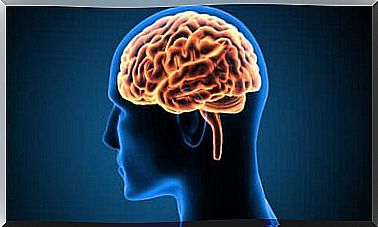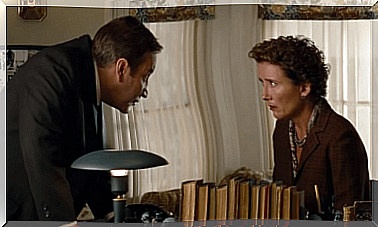Primal Wound: Latent Childhood Marks That Survive In The Present
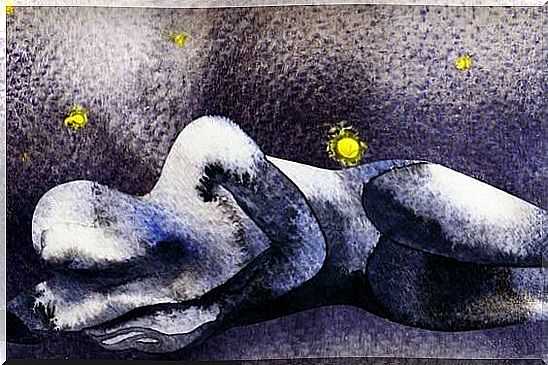
The primal or primary wound is an unresolved trauma. It exemplifies and points out the vulnerability of attachment, the vulnerability of that essential bond between the child and his parents; it is the betrayal of unmet, unmet emotional needs. This pain, originating at an early age and unresolved, is something we try to anesthetize in adulthood, but it somehow continues to condition us.
One of the most common terms in the world of psychology and, in particular, from the perspective of psychoanalysis, is the figure of the wound, as well as the trauma. Freud explained to us that these psychic injuries go from the outside to the inside. They occur in our closest environment, especially in our childhood. So, far from dissolving over time, this original wound survives, remains latent and enters our being creating layer upon layer to gravitate to any area of our life…
If Sigmund Freud, as well as his daughter Anna Freud, revealed to us for the first time the transcendence that the first experiences have in the development of our personality, in the 90s a decisive book was published in relation to the same theme. “Primal Wound” or “The Primal Wound” placed on the table a reality that went much further. In this work, the silent, invisible, but permanent trauma experienced by adopted children was explained.
Nancy Verrier, author of the book, highlighted key ideas about the broken bond, the perinatal affection inflicted, or the generally unconscious wounds that human beings tend to carry in their maturity as a result of a childhood inhabited by emptiness.
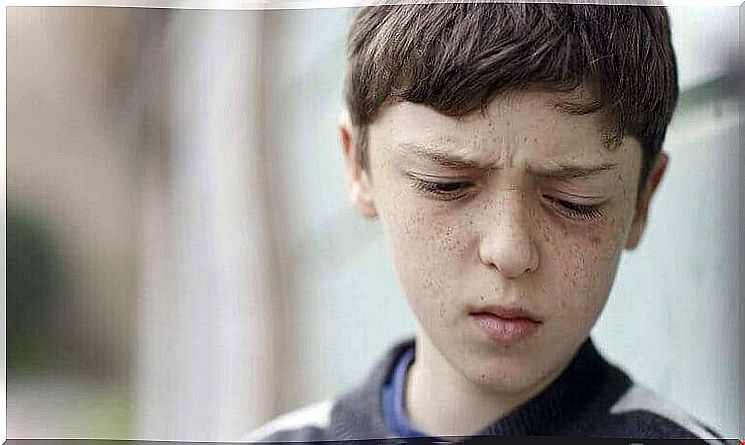
What is the primal wound?
The human being has a need that goes beyond food. When a child enters the world, he needs, above all, to feel protected, surrounded by affection and supported by affection. Love puts us in the world and nourishes us. Love helps us to develop, to grow up safely in an empathic environment, where we can explore the world knowing we are important to someone.
Thus, when a psychologist or therapist receives his patient, he will also try to create an environment where empathy and closeness are always overt and palpable. People need these kinds of nutrients, because if we don’t notice them, if we don’t see or feel them, our brain reacts almost instantly. Suspicion, fear and tension appear.
This is exactly what a child experiences when he is not securely attached. The primary wound arises when parents are not emotionally, psychically and/or physically accessible. Little by little, the mind of this baby, this child of a few years, is invaded by anxiety, hunger, emotional desire, emptiness, loneliness, loss and lack of protection.
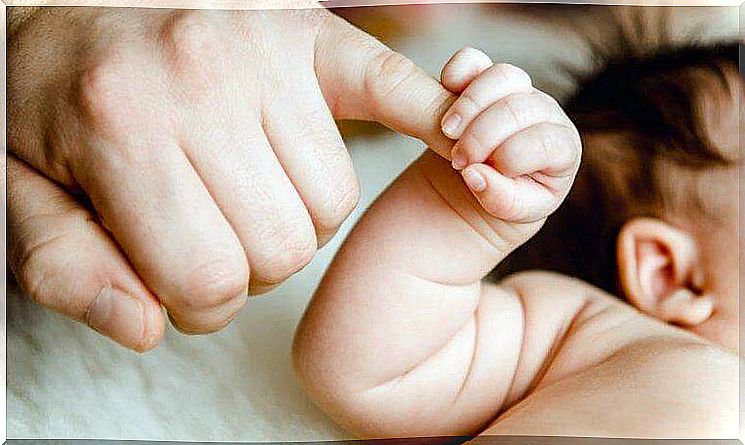
We can understand the primal wound almost as an evolutionary sacrilege. This process of “hominization” that every human being undergoes is, in the first place, part of an exchange of solid affection and a constant closeness between mother and child. We cannot forget that a baby comes into the world with a brain that is still immature, and that it needs that skin and that secure attachment to keep growing and to give shape to an exogestation to promote its continued development.
If anything fails in this process, if anything happens in our early years of life, an invisible and deep fracture emerges, an injury that no one sees. The same one that ( possibly ) will invalidate us in the future in various aspects of our life. Let’s dive in below.
Primal Wound Effects
There is a very interesting book that is considered the reference manual in the study of attachment. It is the Handbook of Attachment, by psychologists Jude Cassidy and Phillip R. Shaver. In this work, we are reminded that the very end of the human being is self-fulfillment. Our goal is to transcend, to promote security to favor our personal and emotional growth, thus enjoying a full life with ourselves and with others.
One of the most important conditions for this to occur is having a secure, mature, close and intuitive attachment to our needs in our early years . Now, if that doesn’t happen, the primal wound appears and, with it, the following effects:
- Insecurity and low self-esteem.
- Impulsiveness, emotional mismanagement.
- Increased risk of suffering from various psychological disorders.
- Difficulty in establishing solid affective relationships .
- The person develops a “survival personality”. She tries to show autonomy and security, but the emptiness persists and it is common to go through times when she needs isolation and solitude, and times when she wants closeness, even if it is harmful or false.

How to heal our primal wound
The most appropriate in these cases is to ask for professional help. In recent years, therapies such as EMDR (Desensitization and Reprocessing through Eye Movements) are becoming more important. It is a technique in which different types of stimulation and information processing are combined so that people bring to light traumatic experiences, childhood wounds in order to talk about them, recognize them and manage them better.
Likewise, it is also worth enunciating these basic strategies that are often used to face and heal our primal wound. They would be as follows:
- Become aware of our latent emotions and name them.
- Saying out loud our unmet needs (affection, support, lack of protection, empathic closeness…) We must “legitimize” these needs, not repress them.
- Reflect on the loneliness we felt in childhood. We will do this without fear, without anger or shame. There are those who avoid thinking about the emptiness experienced during childhood, who prefer not to look at those years of suffering because they feel pain and discomfort. We must bring that wounded self into the light, that part of ourselves that is still full of anger because we didn’t feel enough affection and security.
- Understand that nothing was your responsibility. The victim is not to blame for anything.
- Allow yourself to release your sadness, your inner emotions. Vent.
- Commit yourself to change, be able to transform yourself, be responsible for a change towards inner well-being.

Lastly, experts in managing and coping with primal wound and trauma urge us to forgive. Granting forgiveness to our parents does not absolve them of guilt, but allows us to free ourselves from their figures. It’s accepting what’s happened, it’s accepting the reality of what we’ve suffered, but being able to offer a forgiveness that allows us to cut the snare of pain to move forward much faster. Free from pain, anger and memories of the past.
Let’s think about it. The subject of the primal wound undoubtedly arouses great interest and it is worth understanding this complex psychological reality.





